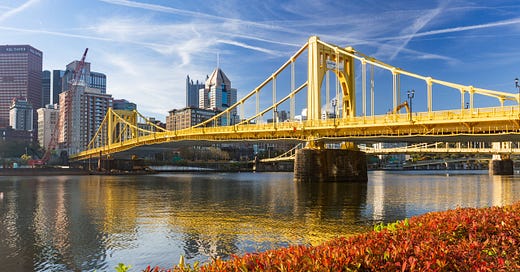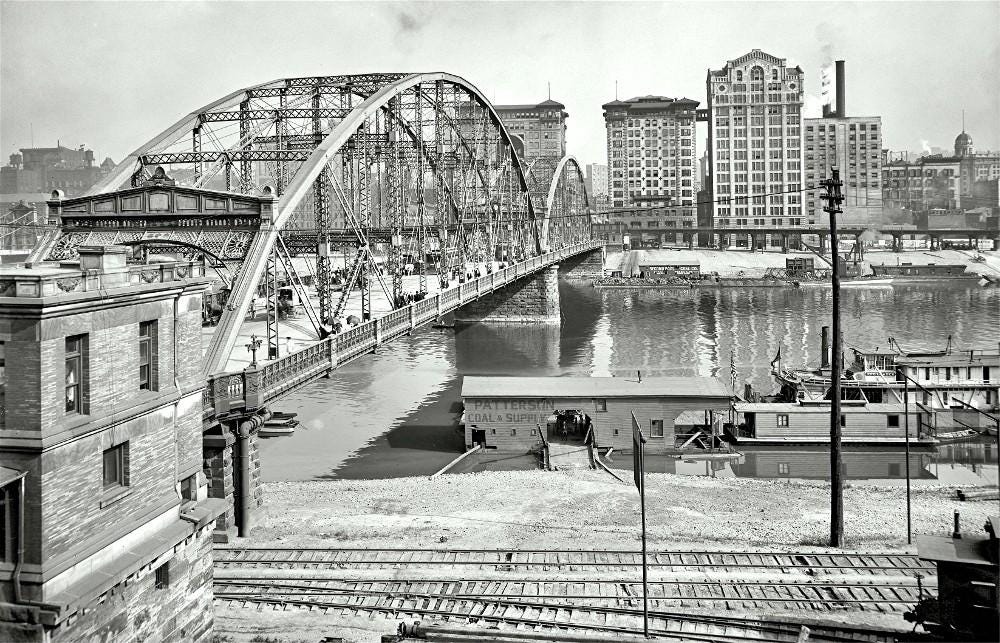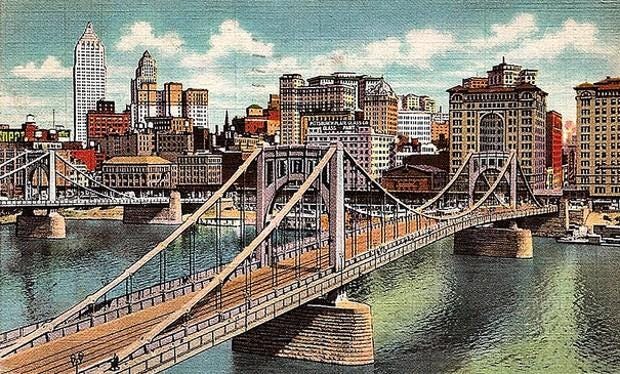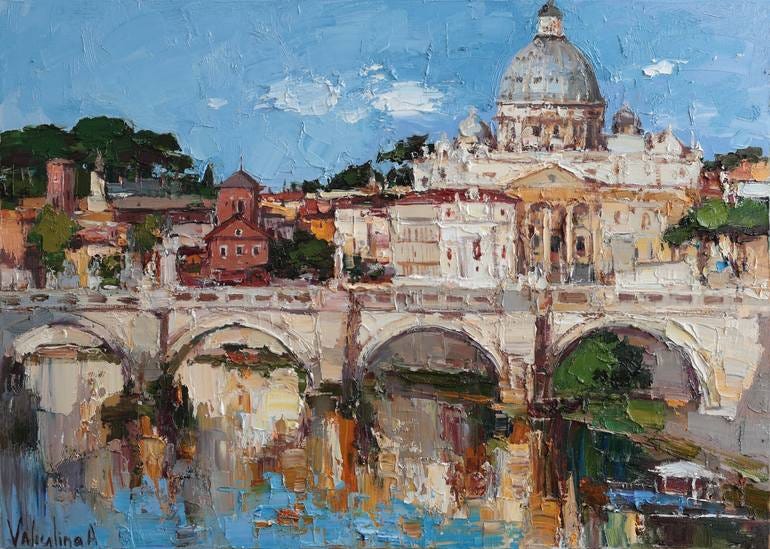The “City of Bridges” is a fitting name for the Steel City.
Pittsburgh is home to more than 400 bridges. That is slightly more than what is found in Venice, Italy.
The bridges today are stunning, boasting a beautiful Aztec Gold color that aligns with the colors of the city’s sports teams and the history of William Penn’s coat of arms.
Pittsburgh is located on the Allegheny and Monongahela rivers, which converge downtown to form the Ohio River. Then, with the numerous tributaries that merge into the two major rivers, there is simply a need for an abundance of bridges.
Bridges connect one side to another.
Without bridges, transportation is fractured. However, with bridges, interconnectedness happens. The bridges help to provide unity in the city of Pittsburgh.
A title attributed to the Pope is Pontifex which means bridge-builder. The Pope’s X handle is @Pontifex or “@Bridge-builder” we could say.
One of the primary roles of the Pope is to bridge-build: to build unity and to help the Church to be one.
Each Sunday, we profess “I believe in one, holy, catholic and apostolic Church.” This sense of unity, togetherness, and interconnectedness is vital.
Catholicism is like Pittsburgh with its differing expressions, many bridges, and yet one city.
The former Pontiff, Pope Saint Paul VI, wrote in 1975 that,
“In the mind of the Lord the Church is universal by vocation and mission, but when she puts down her roots in a variety of cultural, social and human terrains, she takes on different external expressions and appearances in each part of the world.”
Pittsburgh has its distinct external expressions through a variety of cultural, social, and human terrains, but it is one city, and this is largely due to the numerous bridges.
Now, the word pontifex also takes on another meaning, which is more vertical in nature. Yes, there is the horizontal bridging of connecting communities and cultures here on earth, but the role of the Pope is also that of vertical connectedness.
Here is where the metaphor of Pittsburgh bridges falls short in comparison to Catholicism, for the Pittsburgh bridges only help to connect horizontally.
The Roman Empire had pontifex as a title for those who helped to bridge the gap between the human and divine.
Pontifex Maximus was the title given to the chief high priest in the Roman culture.
Within the Catholic Church, under the Pontifex Maximus, also known as the Pope, the Pope governs the Catholic Church to ensure that the sacraments are available. For through the sacraments, humanity powerfully encounters the divine.
Pittsburgh is the “City of Bridges.” We could say that Catholicism is also a city of bridges in many ways. Yet Catholicism is not just horizontally full of bridges that help to interconnect the many external expressions of humanity and culture.
Catholicism, under the sacramental governance of the Pope, the Pontifex Maximus, helps to connect with the divine, with God.
Fr. Luke Daghir
















Aww thank you Father—I learned so much!